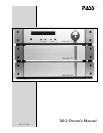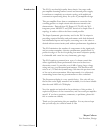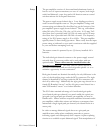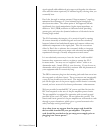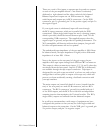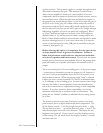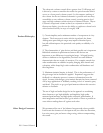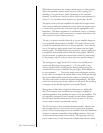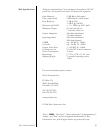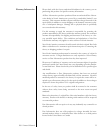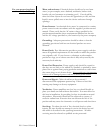
8
X0.2 Owner’s Manual
The electronic volume control allows greater than 70 dB range and
is driven by a micro-controller that reads the optical encoder which
serves as a front panel volume control. In this manner tracking of
the volume for the two balanced channels is possible with accuracy
unavailable on any ordinary volume control, assuring precise level
steps and high common mode rejection in balanced circuits. Wayne
Colburn’s exceptional volume control, in conjunction with the
fluorescent display, give the user the ability to replicate volume levels
with absolute accuracy in steps of roughly 1dB.
1) Circuit simplicity and a minimum number of components is a key
element. The fewer parts in series with the signal path, the better.
Adding more parts and gain stages may improve measured specs,
but will seldom improve the perceived sonic quality or reliability of a
product.
2) The characteristic of gain devices and their specific use is important.
Individual variations in performance between like devices are
important, as are differences in topological usage. All signal bearing
devices contribute to the degradation, but there are some different
characteristics that are worthy of attention. For example, smooth low
order nonlinearities are additive in quality, bringing false warmth and
coloration, while abrupt high order nonlinearities add harshness and
false brightness.
3) Maximum intrinsic linearity is desired. This is the performance of
the gain stages before feedback is applied. Experience suggests that
feedback is a subtractive process; it removes information from the
signal. In many older designs, poor intrinsic linearity has been corrected
out by large application of feedback, resulting in loss of warmth, space,
and detail. The trick is to get good performance without this excessive
reliance on feedback.
The art of high-end audio design lies in the approach to combining
these elements to get high reliability and simplicity, high quality
measured performance, and high quality subjective performance. It
takes imagination and hard work to get as much of these as possible at
once without trading them off against each other.
We recommend the use of the balanced output mode where possible.
It will retain the character of the input mode, but offers less distortion,
less noise, more gain, and more voltage swing, without compromising
the sound.
Product Philosophy
Other Design Comments



